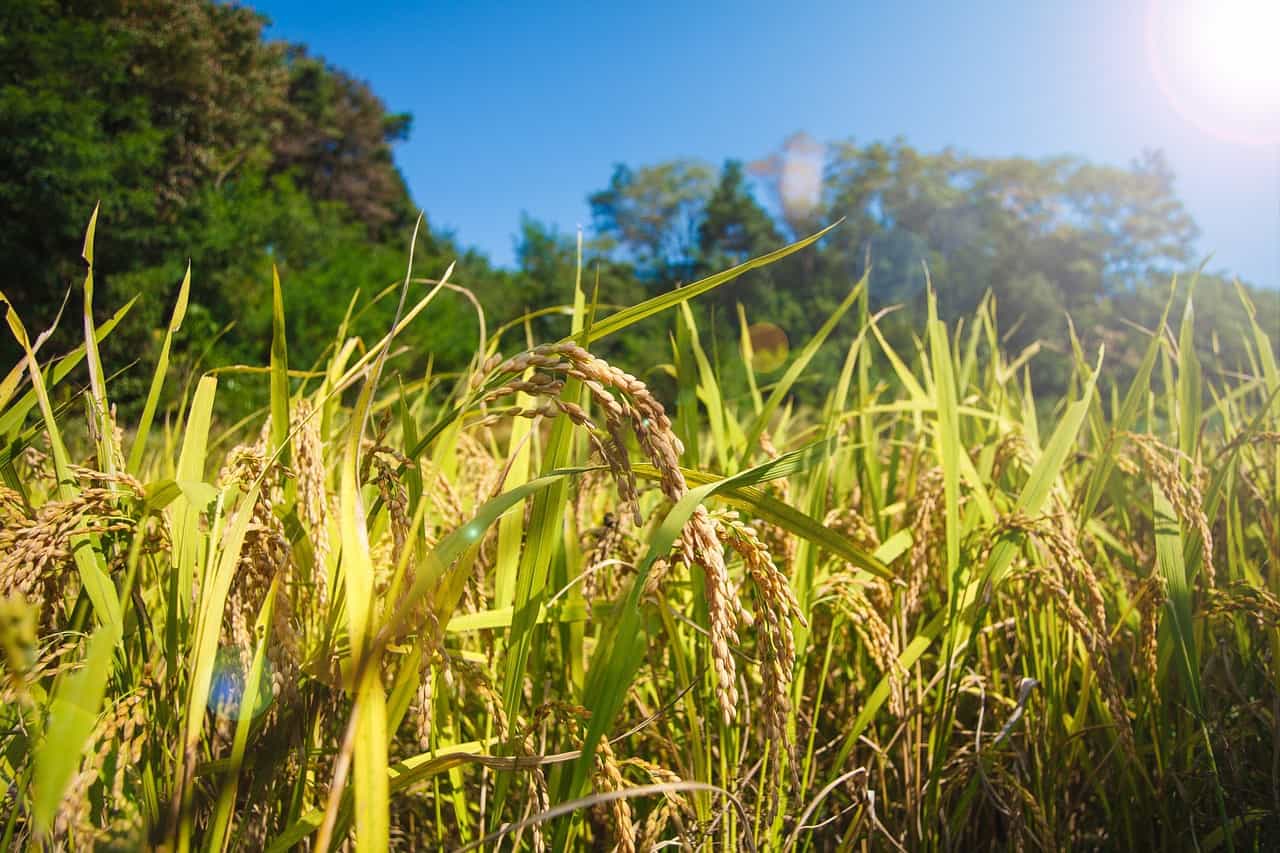The Brassicaceae family of stock plants, which includes cabbages, is represented by Stock, Matthiola incana. It comes from Europe and is easily grown in all temperate zones. It’s especially attractive to cottage gardeners because of its lovely terminal clusters of fragrant, brightly colored blossoms.
It’s a favorite of florists, who enjoy the strong flowers, robust stems, spicy-sweet fragrance, and longevity in vase arrangements.
This post will be quite helpful if you are looking for a guide to grow a stock plant because, in this post, we go over everything you’ll need to know to grow your stock plant.
Table of Contents
How can you grow a stock plant?
Wherever you are, find a site with good sunshine and average to medium rich soil that has a pH of 6.8 to 7.5 e.g. neutral to slightly alkaline.
Conduct a soil test through your local agricultural extension to learn the composition of the soil in your garden.
Work the soil down up to a depth of 8-10 inches, or until large chunks are broken up and a smooth texture is obtained.
Spreading some seeds every 9 to 18 inches, depending on the mature measurements of the plants. Hardly cover with one by the eighth inch of soil.
Maintain the same amount of moisture throughout germination, but do not overwater. Thin the seedlings to one per nine to 18 inches when they have two sets of real leaves.
Allow one inch of water every week when rainfall is not sufficient. Take care to water the dirt instead of the leaves to avoid fungal development.
Some people trim off the top few inches or remove the budded growing tip as soon as the first buds appear, just like professional growers.
If you have container-grown plants, bear in mind the mature widths of the cultivars you select and pick pots with a diameter of at least one inch more to allow for watering. The usual pot depths are enough.
Finally, if you’re transplanting nursery seedlings, make sure they’re at the same height as their starter pots.

Some tips fo growing stock plant
For optimal results for your stock plant, remember the following when planting:
- Polemonium is a summer-flowering perennial, but it declines in the heat of summer.
- Sow seeds thinly, just covering them with 1/8 inch of fine dirt.
- Water should be evenly moist throughout the germination process, and then one inch each week after that. Oversaturation should be avoided.
- Pinch budding blossoms from their stems for smaller flower clusters.
Pruning, Care, and Maintenance of your stock plant
Regularly weed the garden to reduce water competition, pest control, and air circulation in your stock plant, which will help prevent fungal development.
Add a 2-inch thick layer of mulch for soil moisture retention, weed control, and ground cooling.
Throughout the growing season, deadhead depleted flower stems to their origin points to preserve a tidy appearance. They are unlikely to rebloom.
Remove all debris and trim plants to the ground at the end of the season to prevent pests and disease-causing organisms from wintering over. Even the same manner is used to maintain hardy perennials with woody stems.
Pest Control and Disease Management
The least vulnerable to pests and disease are plants and seeds that grow in environments that are suitable for them.
However, infections during extreme weather conditions, or other factors may all contribute to the problem.
When cultivating stock plant, it’s essential to be on the lookout for the following pests:
- Aphids
- Imported Cabbage Worms
- Flea Beetles
Cabbage white caterpillars and Aphids feed on plant tissue, while flea beetles chew it. Try removing them by handpicking, watering the plants with the hose, or using organic insecticidal neem oil to get rid of them.
There are a variety of conditions that plants may suffer from, including but not limited to:
- Wire Stem
- Bacterial diseases
- Excess moisture
- Panama disease
- Botrytis cinerea
- Spotting of leaves
- Rotting Root
- Verticillium Wilt
These problems are caused by fungus and can be treated with fungicides. For little problems, snip off afflicted leaves and dispose of them in the garbage, then clean your pruners as needed.
If a large number of plants are affected, it may be necessary to remove them from the garden and move them to a new location next year.
Here are some of the best uses for the stock plant
The colorful, fragrant blooms of M. can provide an air of romance and charm to early seasonal settings, from monochromatic to vivid hues.
Borders, beds, and container gardening arrangements come in a variety of heights, ranging from 12 to 36 inches.
Cottage garden paired with plant favorites
Combine plants that have similar cultural needs like dianthus, heliotrope, iris, larkspur, pansy, petunia, and snapdragon with cottage garden favorites such as dianthus.
Plant in large drifts and mix hues for a breathtaking landscape that rivals the Impressionist painters’ watercolors.
You’ll be in awe of the fresh crop of lush-blossomed cutting flowers you can produce with a readily available supply!
Did you know that two simple techniques will keep making vase arrangements look and smell new for longer?
1-Remove the leaves present at the bottom of stems that are submerged underwater.
2-Every day, remove the bottoms of all stems and replace the water to keep your vases fresh.
This is especially crucial for M. incana, which has a cabbagey odor when its leaves begin to decay in the vase water. Flowers should remain solid and vibrant for at least a week if properly cared for.
Stonecrop is a valuable component of the environment. It attracts bees, other forms of useful insects, butterflies, and moths, who pollinate plants such as herbs and vegetables.
A variety of avian species will also eat the flower seeds at the season’s end, making birdwatchers smile.
Since we reached the end of the article, now you know everything you need to know about how to grow your healthy stock plant successfully without any sophisticated equipment. All you need to do is follow the above-mentioned instructions. Avoid pest attacks as mentioned above and use proper soil with rich nutrients and you are good to go.

